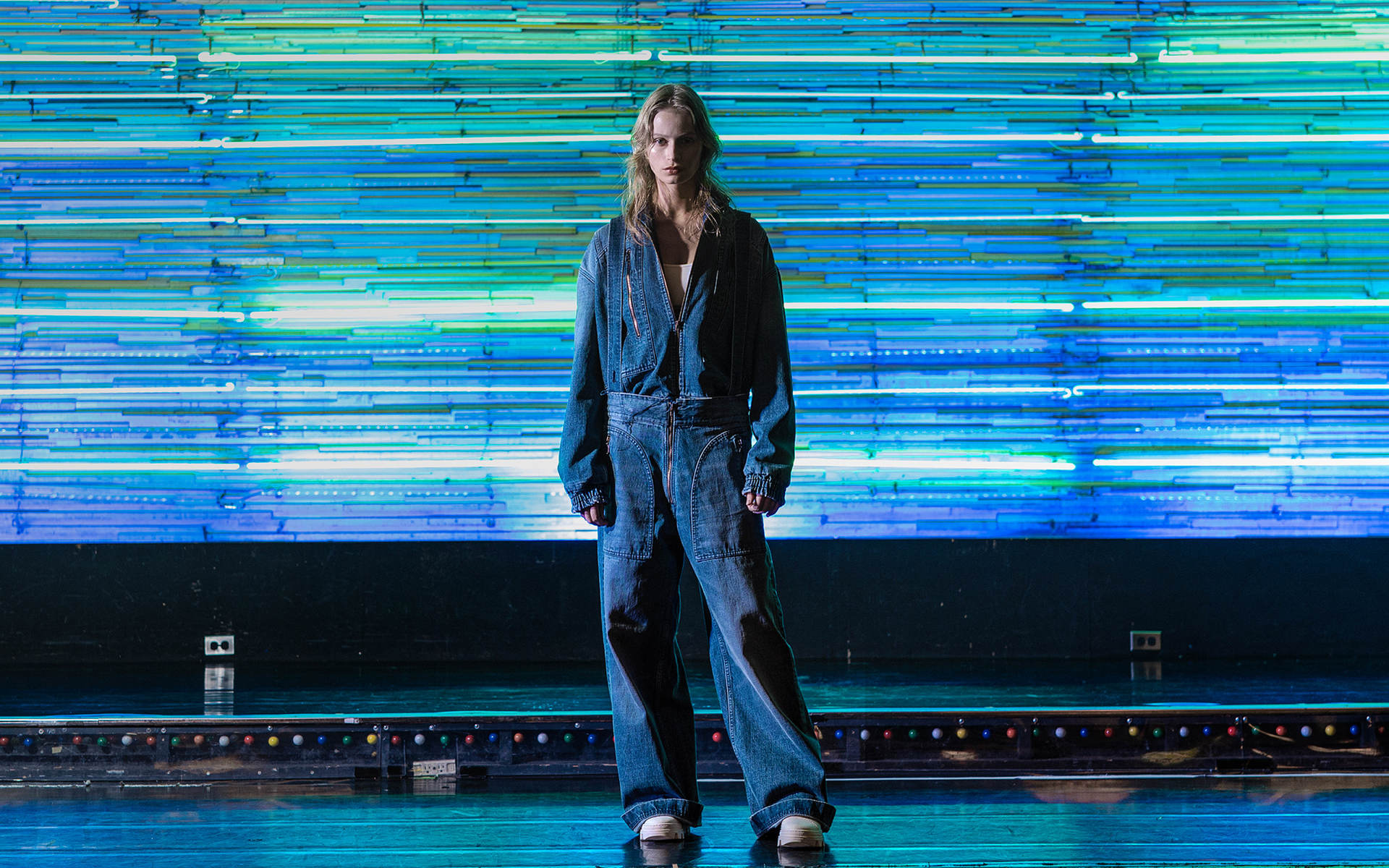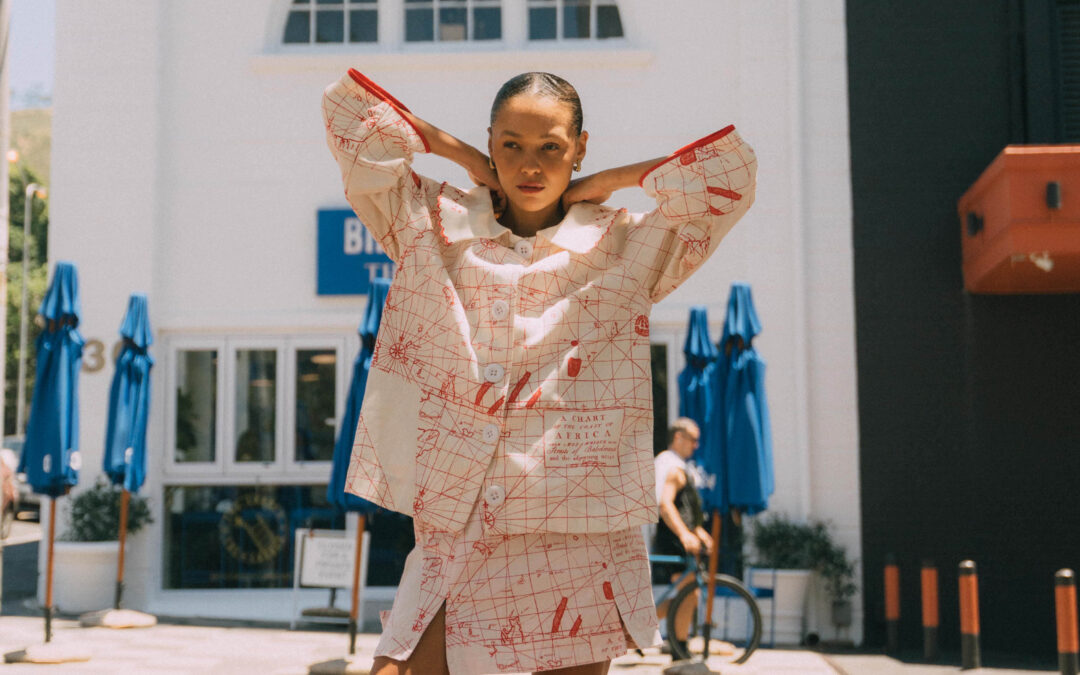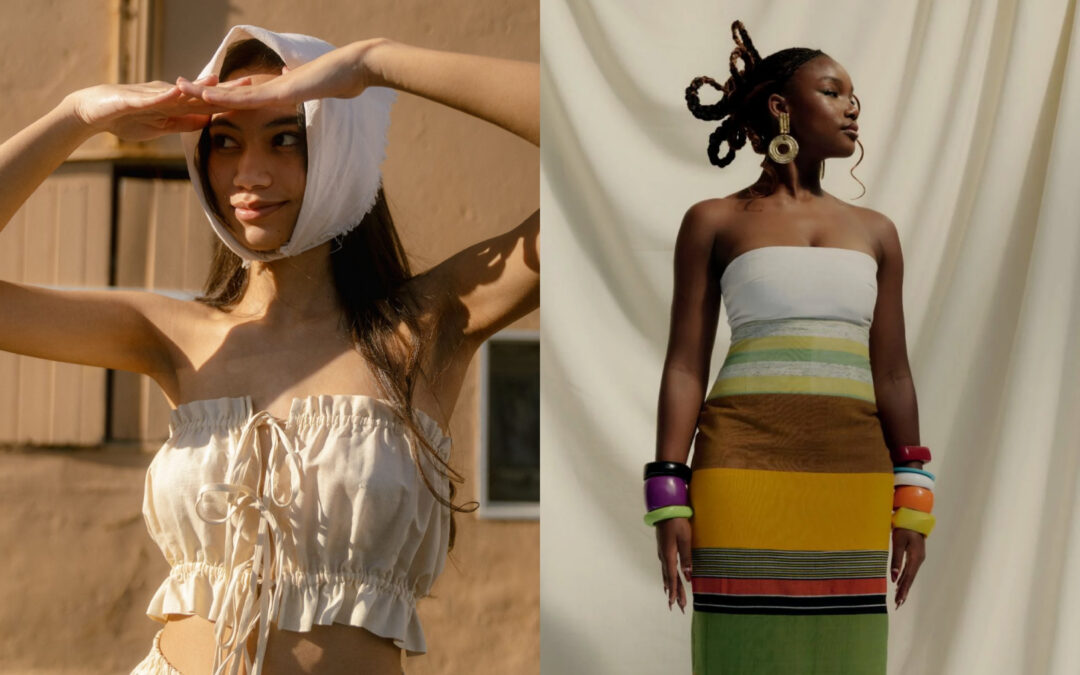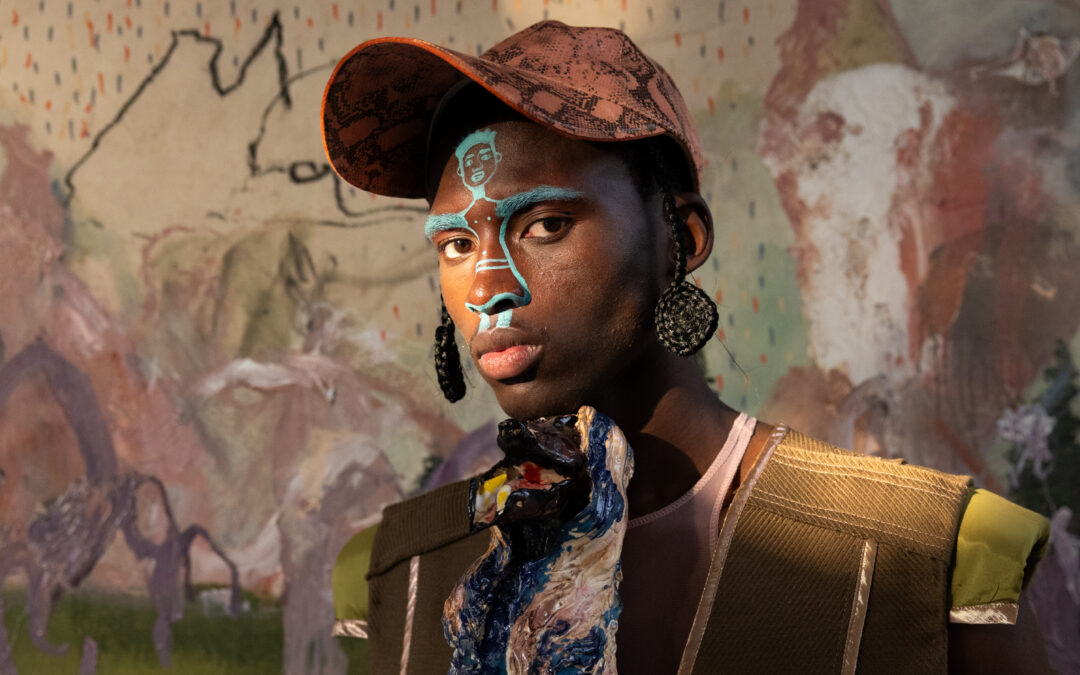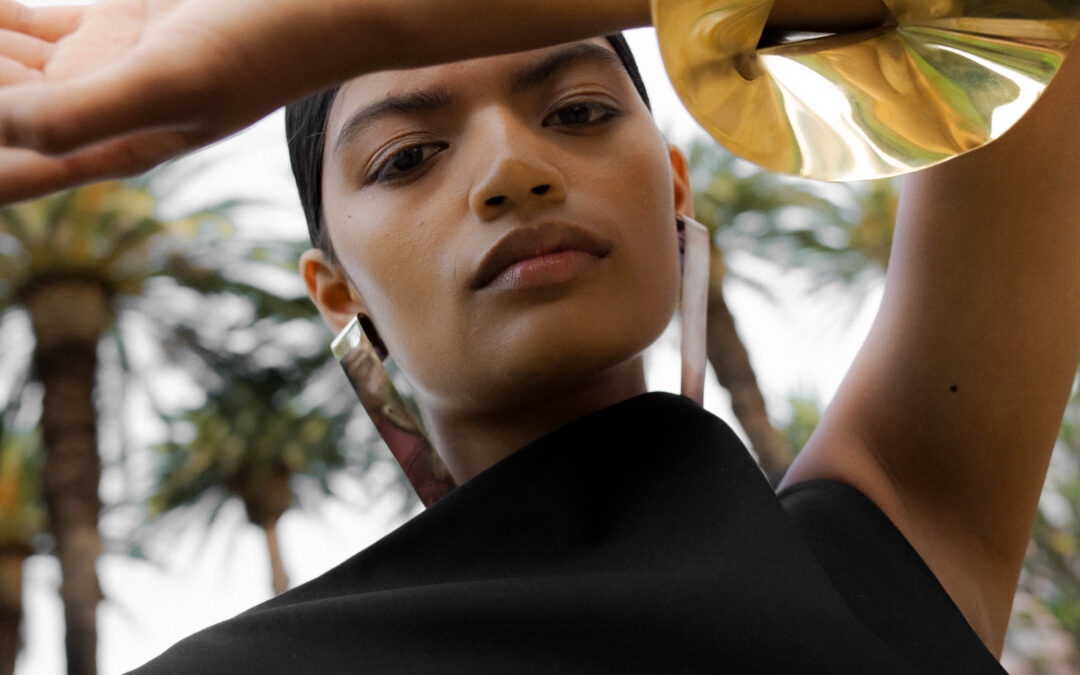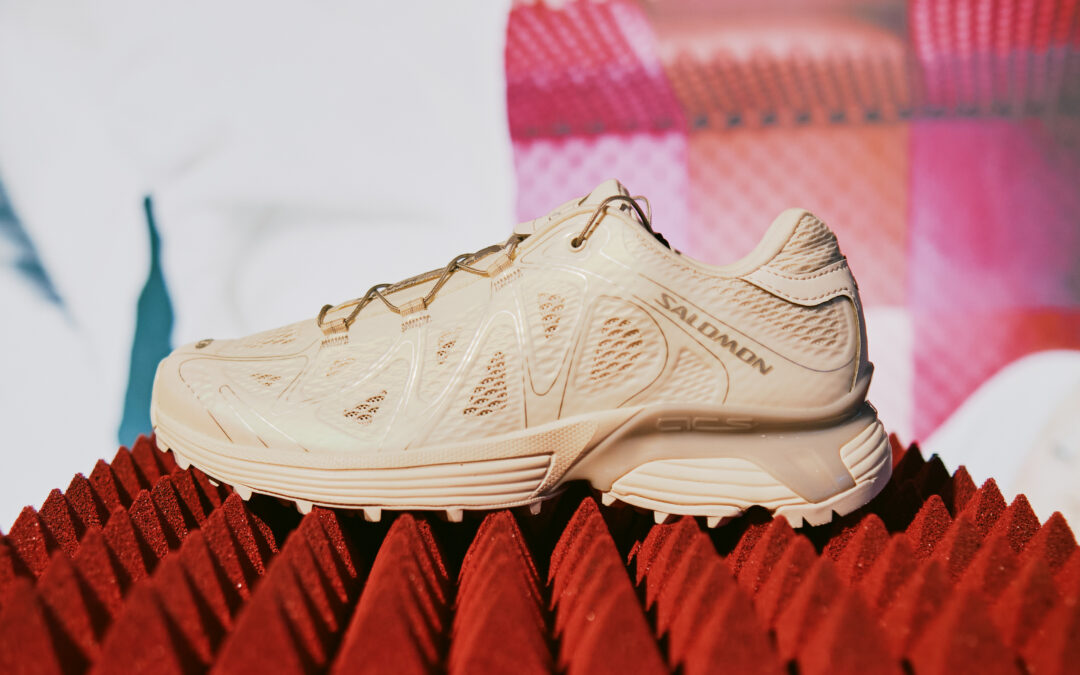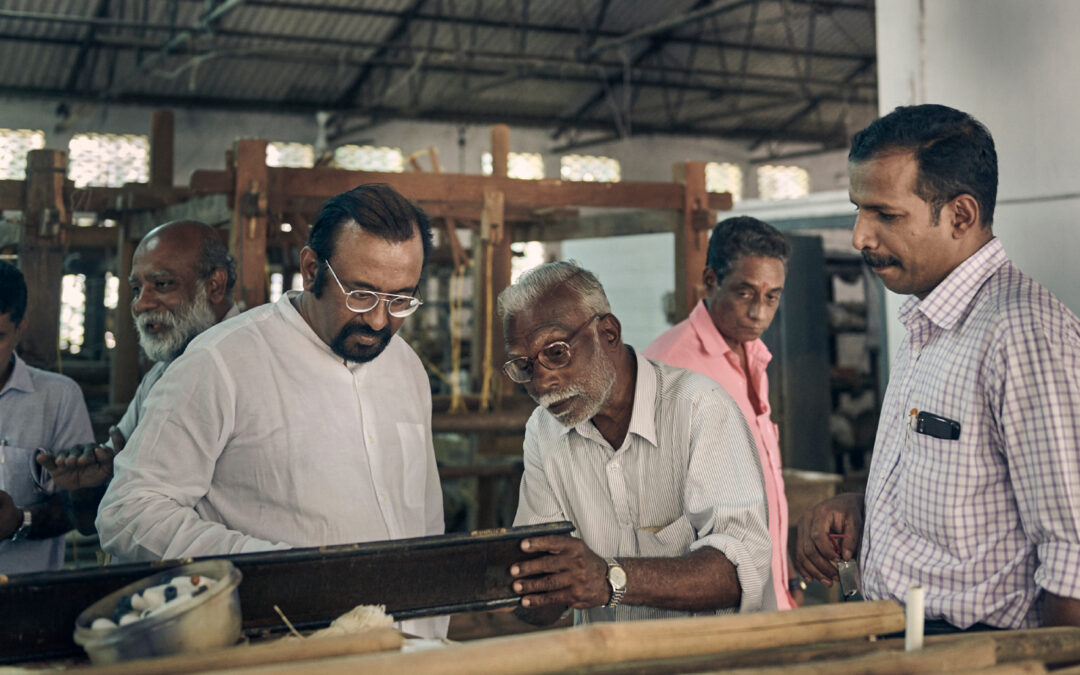Described by SNKRDUNK Magazine as ‘Tokyo’s Fashion Wunderkind’ – Hiromichi Ochiai’s extensive and luminous design is a deep part of fashion lore, particularly the heritage arising out of Japan. Hiromichi’s brand FACETASM, founded in 2007, is simultaneously a staple for the Japanese streetwear diet, while actively broadening the scope for how fashion can be understood beyond categorisations. As Hiromichi points out in our conversation, “the name is a neologism of the word “facet” which refers to one side of something many-sided —is to take on a new approach each season by establishing a unique theme.”
Born and raised in Tokyo, Hiromichi’s lens in life has always been steeped in the kaleidoscopic array of texture, tastes, visuals and possibilities offered up by one of the coolest capital cities on the planet. Hiromichi notes that any reference to Tokyo as part of the brand’s expression is entirely welcomed, “when FACETASM is recognised abroad, people often say it’s very ‘Tokyo-like’, which I take as a compliment. It makes me proud that my work captures the essence of this city, and it has also made me more conscious of Tokyo’s presence in each piece.”
With a design philosophy that seeks to break conventions on how fashion should be created, shared and worn; FACETASM is for the non-conformists, hungry to see and feel their way through life without limitations. A characteristic FACETASM construction approach is a synthesis between the familiar and avant-garde; layered, asymmetrical silhouettes, often adorned with functional hardware like zippers and belt straps. Last year, the brand showed in Paris again, for the first time since the pandemic, with Hiromichi’s FACETASM following the trailblazing legacy of Japanese design in Paris, such as Junya Watanabe, Yohji Yamamoto, and Rei Kawakubo — and don’t forget, FACETASM was the first ever Japanese brand to reach the finals for the LVMH Prize.

Imagery courtesy of G-STAR
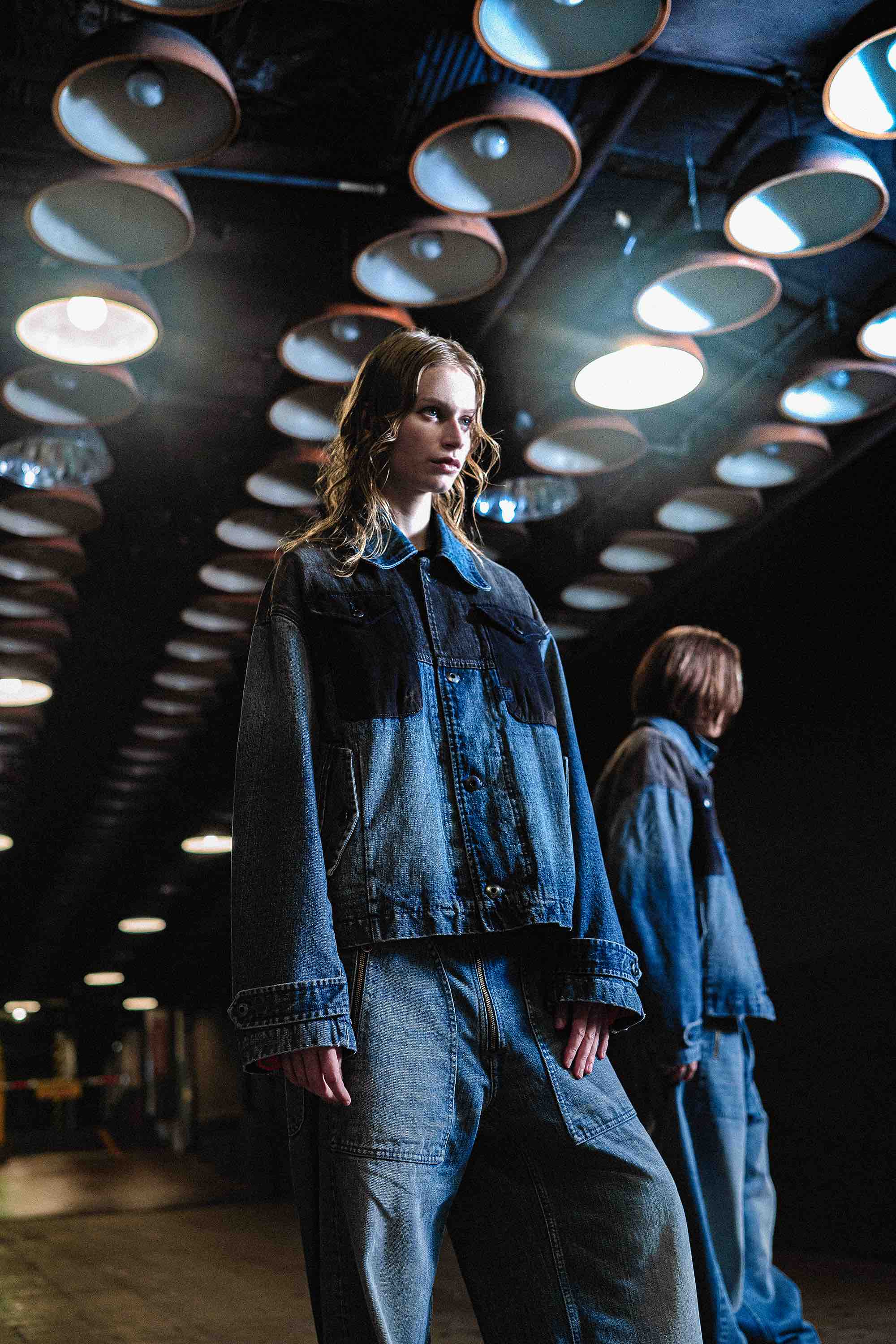
Now, Hiromichi Ochiai has teamed with G-STAR to fuse together two storied histories; the legacy and culture of denim in Tokyo and Amsterdam, respectively. The result is a unisex capsule collection, informed by Hiromichi’s exploration of the G-STAR archives and brought through his own point of view; the unorthodox FACETASM way. “As a testament to this unwavering bond, we join forces with Japanese brand FACETASM to reinterpret our signature aesthetics with a unisex capsule collection,” noted the G-STAR release, “known for his experimental and eclectic approach, founder Hiromichi Ochiai connects with us on a deeper level by diving into our archive and blending our seemingly distinct identities into a unified vision. Denim has been an integral part of Japanese fashion. It first made its way into Japan from the US in the ‘60s, and has since penetrated the youth culture, leading local craftsmen to take ownership over the fabric. Produced on vintage looms, Japanese denim is now a prized possession among denim aficionados across the world.”
We are incredibly grateful to have chatted to this vanguard of design; enjoy!
Q: The name FACETASM suggests a multi-dimensional approach embodied by the brand. How do you interpret this concept in your work, and how does it manifest in your designs?
H: The main idea behind FACETASM — the name is a neologism of the word “facet” which refers to one side of something many-sided —is to take on a new approach each season by establishing a unique theme.
We’re not just designing pieces; we’re crafting new identities and values. This involves a continuous challenge to transform existing traditions into something that embodies FACETASM’s essence: creating new facets, new creative expressions, and new values.
This idea of transforming familiar elements into something unexpected, into something uniquely FACETASM, is always at the forefront of our creative process.
Q: The tradition of Japanese design includes a deep drive to experiment with silhouettes and references – for FACETASM, your focus is a new vision for streetwear, rooted in joy and playfulness. Can you describe your creative process when exploring new forms and ideas in your collections?
There are many categories in fashion, like streetwear and high fashion, but we don’t really focus specifically on those. Instead, through the lens of FACETASM’s unique design philosophy, we focus more on creating new value and fresh ideas. Everything we produce has meaning only when it passes through our distinct filter. With this mindset, we approach the entire design process, from start to finish, to create something truly FACETASM. That it happens to fall in a certain category is only a coincidence.
Q: How does the beauty and intensity of Tokyo specifically influence your creative philosophy for FACETASM?
H: Born and raised in Tokyo, all of my creative work has always been rooted here. Therefore Tokyo has a profound impact on everything I create. When FACETASM is recognized abroad, people often say it’s very ‘Tokyo-like’, which I take as a compliment. It makes me proud that my work captures the essence of this city, and it has also made me more conscious of Tokyo’s presence in each piece.
Q: FACETASM’s manifesto shares a desire to create clothes that move people’s hearts, and you’re also a photographer with a strong focus on capturing nature – can you talk about the awareness you’ve cultivated in order to be the artist that you are?
H: For me, whether in photography or design, that initial creative impulse—the raw excitement of starting something new—is always there. I’m always chasing that first moment of passion, the spark that makes the heart race. Keeping that energy alive is essential; it’s what brings life to each project and fuels everything I create.

Imagery courtesy of G-STAR
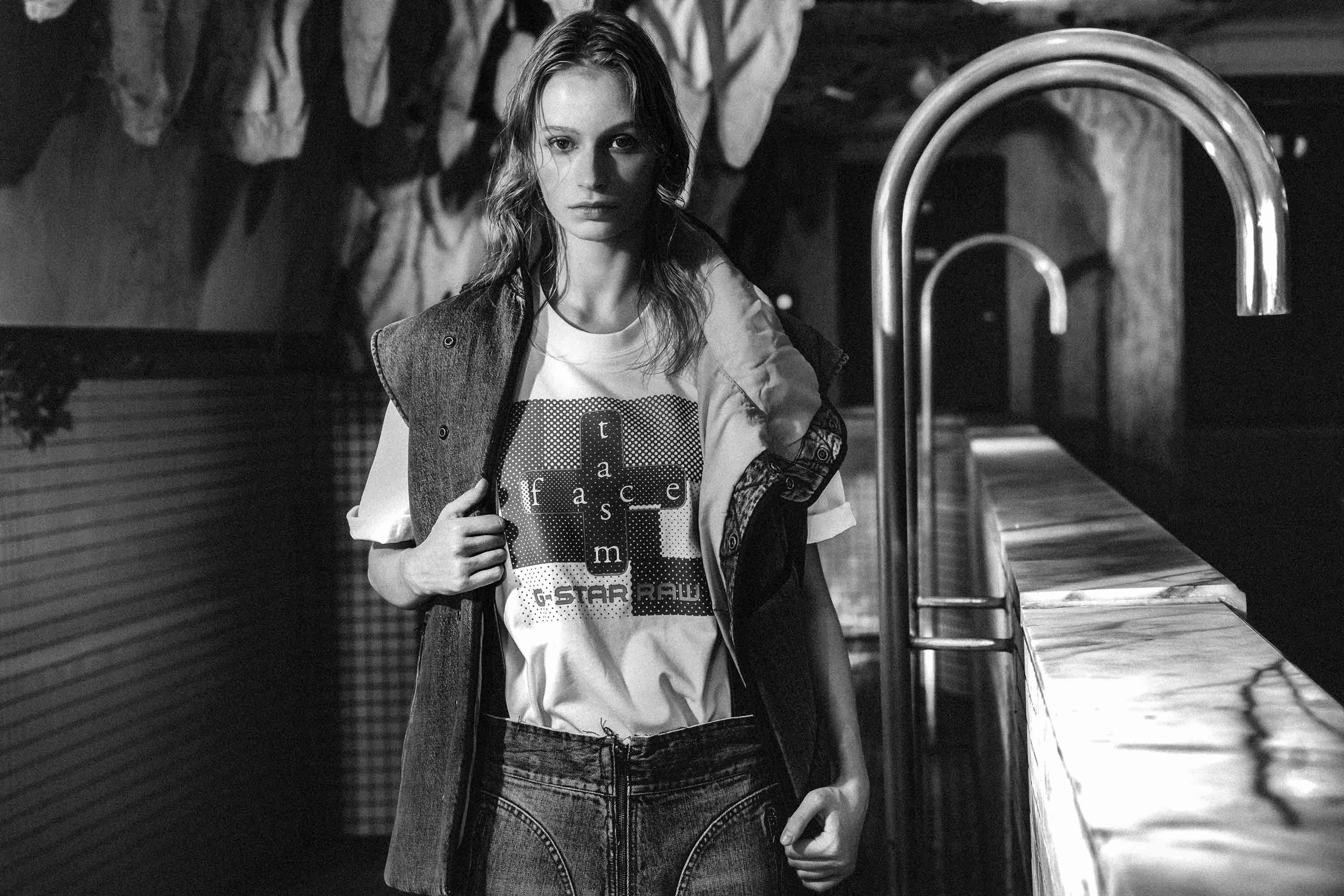
Q: Congratulations on the beautiful collaboration. In the press release, you mentioned that stepping into G-STAR’s archive felt like ‘heaven’. Can you share what it was like as a designer to work with such an extensive archive?
H: Thank you very much. Visiting G-STAR’s headquarters in Amsterdam was an eye-opening experience. Walking through their extensive archive of vintage clothing—spanning from different decades and different cultures—was truly inspiring. The collection is meticulously organized, and I was moved by the care and respect with which each piece is handled. As a designer, it made me reflect on the essence of clothing, on discovering fresh perspectives and creating new value in how we present each garment.
Q: What did you want this collection to communicate or celebrate about the shared philosophies between G-STAR and FACETASM?
H: I think the common philosophy between us is the spirit of challenge and not being afraid to try new things. G-STAR’s creative spirit comes through their work with denim, but it’s also about more than that—whether it’s sustainability, their vision for the future, new silhouettes, they’re designing denim culture itself. FACETASM, too, shares this connection with multiple cultures and perspectives, and that approach brings us closer. It’s about pushing boundaries and creating something meaningful through a fusion of ideas.
Q: Why is collaboration so important for you as a designer and artist?
H: As a fashion designer in Tokyo, collaborations have always felt natural to me, something that was always around since I was a teenager. To my knowledge, it was Tokyo’s ‘Ura-Harajuku’ culture that initially brought the concept of collaborations to the forefront globally.
For me, collaborations are essential. They’ve become an established form of expression, a means to explore and innovate that feels almost second nature now. It’s about creating something entirely new and to bring two different worlds together in a new and unexpected way.
Written by Holly Beaton
For more news, visit the Connect Everything Collective homepage www.ceconline.co.za

